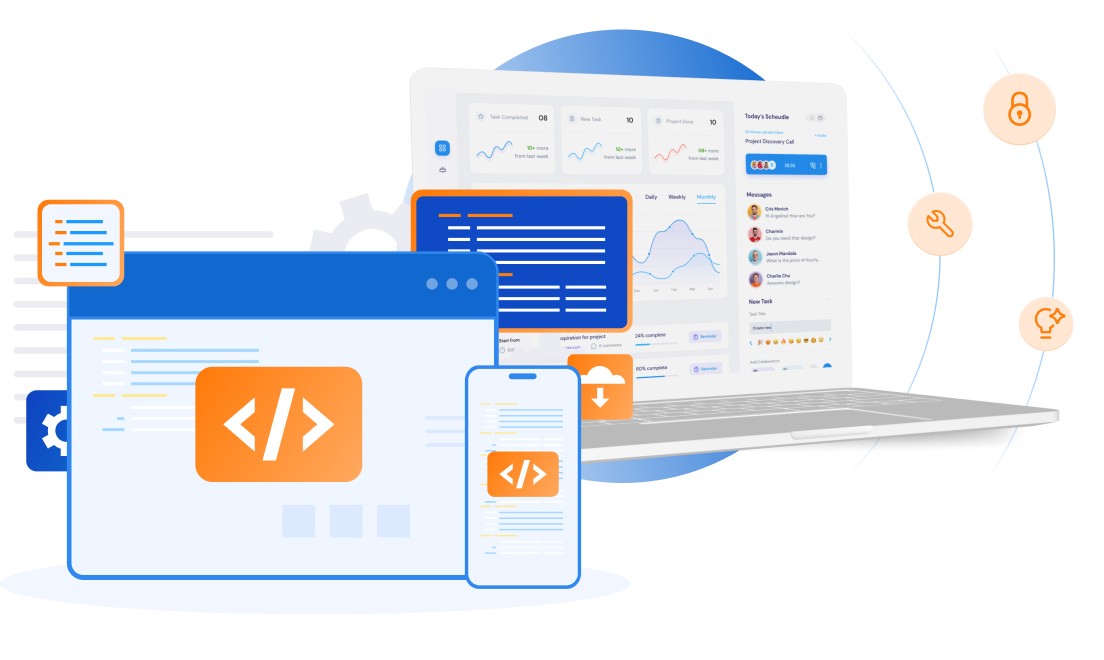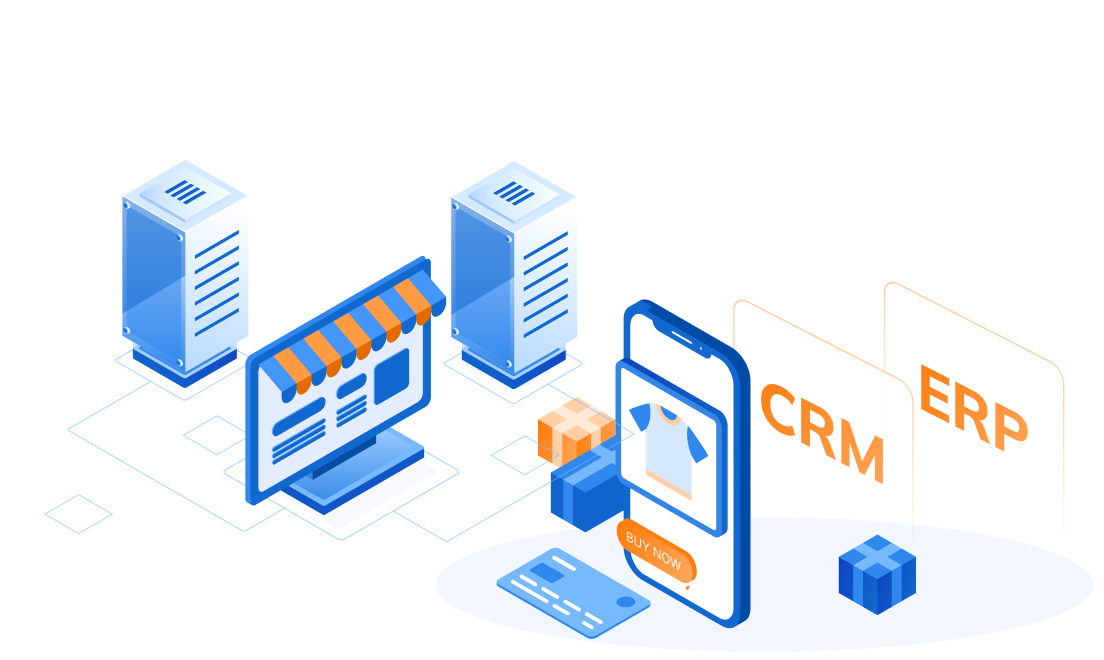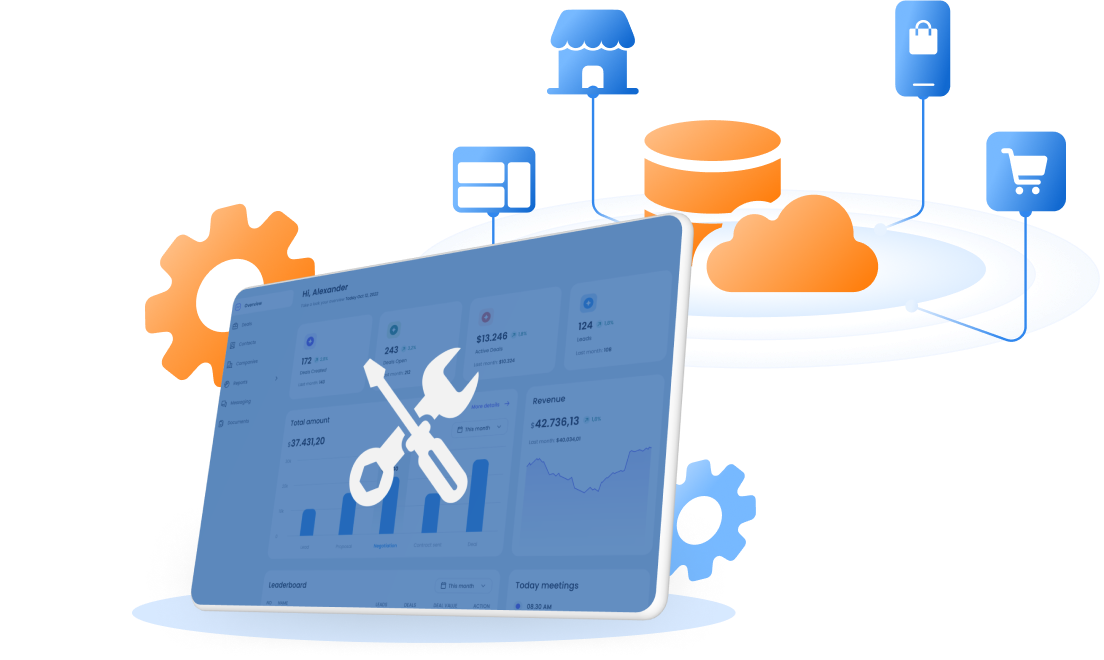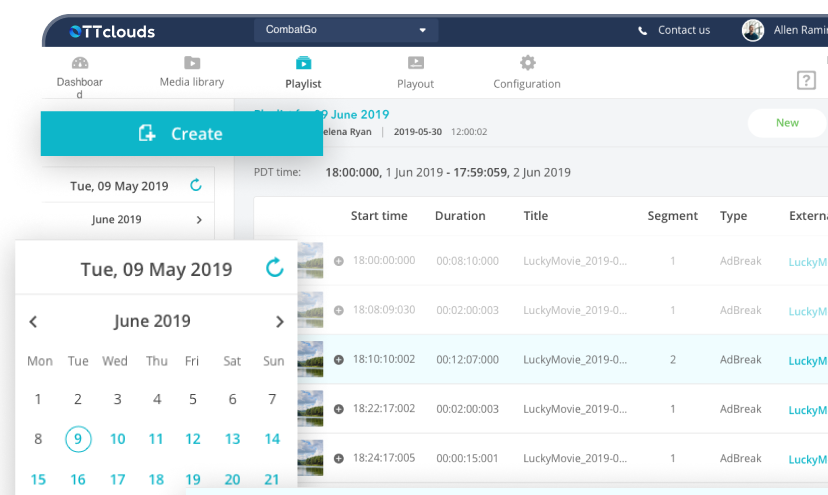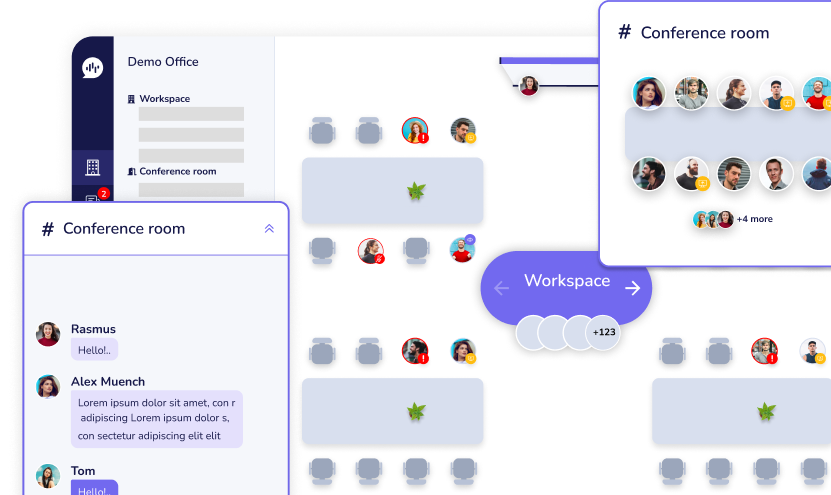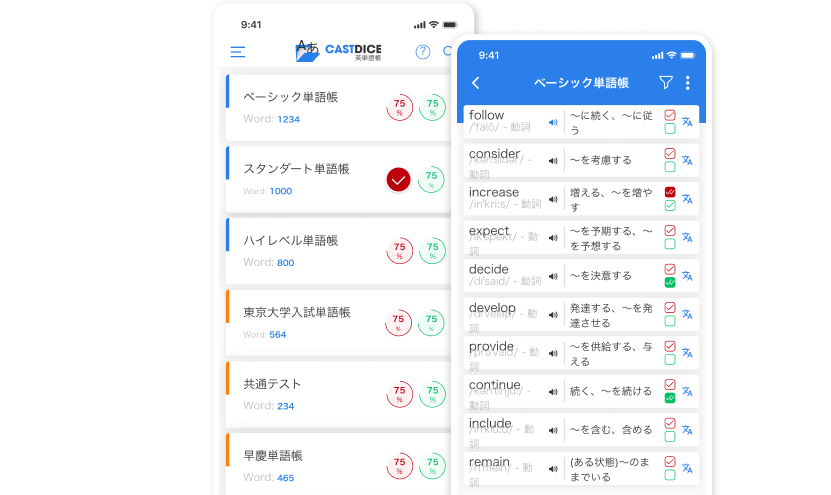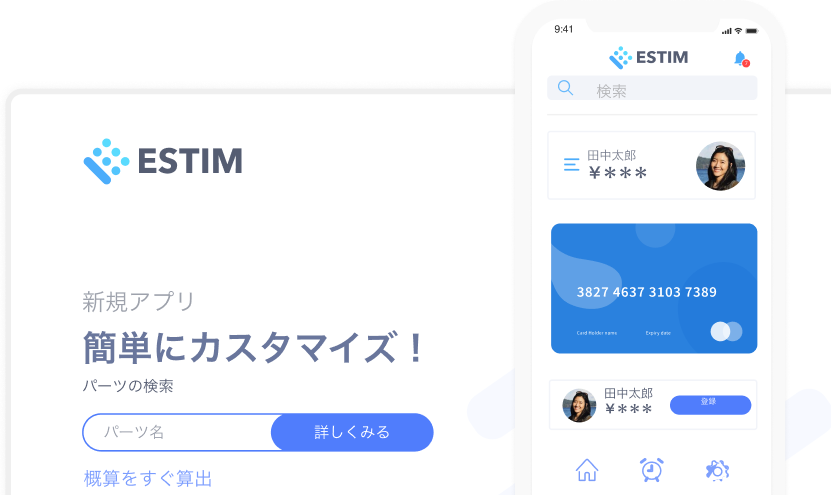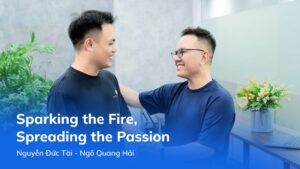From Unpaid Trial to the Top: The Inspiring Rise to Vice President
10/05/2025
639
Many at SupremeTech may have already heard the inspiring journey from an unpaid trial to the Vice President of Mr. Nguyen Huu The Vi, now our Vice President. During his appointment ceremony, Mr. Truong Dinh Hoang, our Chairman, recalled the first time he met Mr. Vi at his interview years ago.
From a candidate who once offered to work for free during his trial period, he has risen to Vice President—an incredible journey marked by perseverance, dedication, and growth.
Today, let’s meet Mr. Vi and listen to his unforgettable experiences!
Opportunities Aren’t Given – They’re Created from Within
– Can you recall your first interview day?
Of course! That day, the interviewer asked in-depth questions about a framework I wasn’t very experienced with. I knew I could handle it if I had time to study. But I didn’t perform as well as I wanted during the interview.
Even though I didn’t get an immediate response, I was very interested in the discussion and eager to take on challenges. When Mr. Toan walked me out, I said:
“Please hire me! I am willing to work for free during the trial period. If I can’t do it, I will leave on my own.”
Of course, I was paid during the trial period. SupremeTech never asked me to work for free. But at that moment, my words weren’t just a proposal but a commitment to myself.

A Fast Learner with a Growth Mindset: Overcoming Early Challenges
– How did you feel during your trial period?
I only worked one month in my two-month trial period. In the second month, I had health issues and had to be hospitalized.
– That’s surprising! How did you pass the trial period with only one month?
From the very beginning, I jumped straight into work. During this time, I realized why I didn’t perform well in my interview—not just because of my technical knowledge, but also my understanding of teamwork and processes. Once I figured that out, I was able to improve and prove my abilities.
One of my strengths is my ability to focus. This strength helped me learn quickly, whether researching or adapting to new things. I constantly ask ‘Why?’ to understand the root cause of problems instead of just looking at the surface. If something was unclear, I immediately asked questions to clarify before starting my work.
– Did being proactive help you succeed?
Being proactive is essential, but more than that, the ability to learn is key. Always observe, analyze, research, and learn from leaders, colleagues, and younger team members. Continuous learning is the only way to keep up and not fall behind.

Why Great Teams Matter More Than Great Individuals
– Some say that one talented person cannot make a strong team. What do you think?
I completely agree. A strong team is not just a group of talented individuals – it’s a team that supports and grows together with a win-win mindset.
Imagine an organization as a box. The people inside are the driving force. Their impact remains limited if they stay still, no matter how skilled they are. But if each person continuously moves, innovates, shares knowledge, and supports one another, the box will expand, allowing the organization to grow further.
– Was there a turning point in your career?
When I joined the company, I noticed that the Front-end team was still young. Previously, the company only had a Web team that included both Front-end and Back-end. I took the initiative to analyze the situation and propose solutions to the team manager. Instead of just listening, the manager encouraged me to present my ideas to the company members.
I had never spoken in front of a big audience before, but I stepped up and challenged myself. I still keep the slides from that presentation as a milestone in my journey.
After that, I got the chance to train interns. I embraced this responsibility, continuously learning and growing alongside my teammates.
Another key moment was my first project after becoming a full-time employee. That project faced major challenges with complex, slow APIs, causing delays and stress for the PM. Instead of waiting, I discussed with the Front-end leader, gathered the team, analyzed the problem, and found a solution. Once we developed a solid plan, I presented it to the PM. Our approach fixed the issues and received great feedback from the client. This experience taught me the importance of responsibility, proactiveness, and teamwork – all essential elements of a strong team.
– Have you ever felt your teammates weren’t good enough and wished they could work faster or better?
Everyone has their strengths. Instead of complaining, we should help each other improve. When the team strengthens, work becomes smoother, and everyone can go further together.
Giving Honest Feedback to Grow Together as a Team
– Are you a straightforward person at work?
Yes, very! If there’s an issue, I address it. But what matters most is how we communicate – feedback should help us improve, not criticize. (Laughs)
I always believe, “Don’t judge people; evaluate the problem.” When receiving feedback, we should be open-minded because no one is perfect. Only by facing reality, listening, and improving can we move forward.

Fearlessly Meeting Challenges Head-On
– What helped you rise from a trial employee to Vice President?
It has been a long journey filled with challenges. But one thing I always believe in is continuous learning. The company’s “Continuous Learning” core value has guided me throughout my career. I learn from people, work, and even my mistakes.
But learning alone isn’t enough – action is key. I always ask myself: “What more can I do?” A job without challenges becomes boring. Challenges push us to grow. Stepping up, facing difficulties, and setting new goals keeps my passion alive.
I take the initiative to tackle problems that haven’t been solved yet. I observe the organization’s needs, listen to concerns, research, analyze, and act. Only by doing can we see the bigger picture, understand strengths and weaknesses, and decide the next step.
– Any advice for young professionals starting their careers?
Just do it – give your best effort! Keep your enthusiasm in everything you do. Most importantly, never stop learning – learn from colleagues, seniors, and even juniors. Every experience, big or small, holds value. The question is whether you are ready to embrace and turn it into your strength.
Mr. Vi’s story from an unpaid trial to Vice President is more than career growth—it truly reflects the SupremeTech-er spirit. From proactively taking his first opportunity to persistently learning and improving himself, he embodies commitment and responsibility in his work. He strives for his own success and supports his teammates, creating an environment for collective growth.
With honesty and openness, he faces challenges, listens to feedback, and continuously improves. Most importantly, he never stops learning because his growth journey never ends. The company’s core values are not just present in his work but are deeply ingrained in every step and decision. And that’s what makes his journey truly inspiring.
Fascinating. Thank you, Mr. Vi, for sharing your inspiring story from an unpaid trial to Vice President with us!
>>> Read more:


